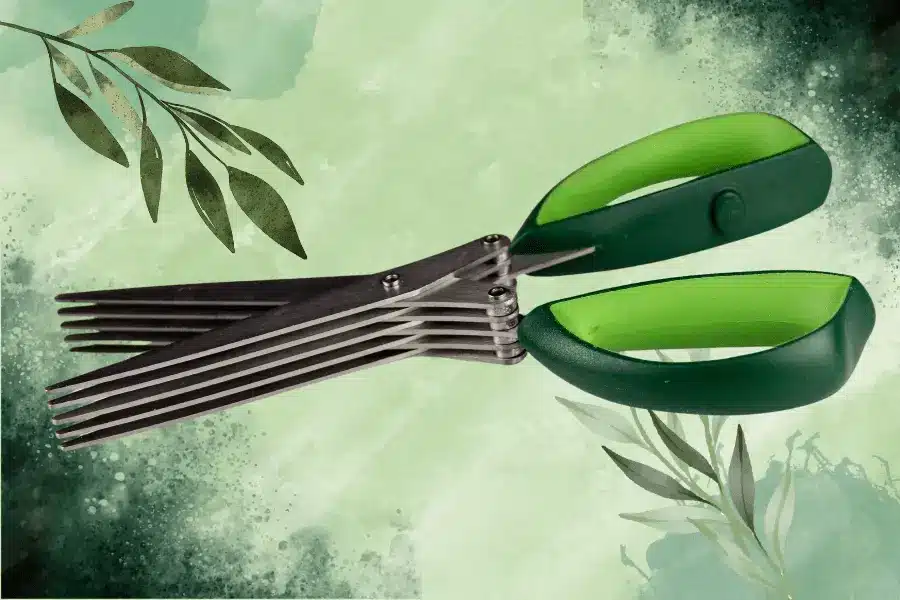
List Of Contents

Memory Foam Kitchen Mat
With Memory Foam Kitchen Mat, the ultimate level of comfort and style, transform your kitchen. Modern memory foam technology is used in the construction of these mats, which mold to your every step to offer unparalleled support and relieve strain when preparing meals. With a variety of stylish designs, you can improve the looks of your kitchen while guaranteeing safety thanks to the non-slip backing. It’s more than simply a mat; it’s a daily treat for your home’s center of comfort and wellness.

Finding ways to make the kitchen a more cozy and welcoming area is a top concern for many people in the fast-paced world of kitchen activities, where culinary expertise meets the needs of everyday living. The memory foam kitchen mat is one innovative item that has become incredibly popular. These mats are a comfort innovation that will change the way we spend time in the kitchen, not just floor coverings.
List Of Contents
Introduction
A memory foam kitchen mat is a type of floor mat designed for use in the kitchen, typically placed in front of sinks, counters, or areas where you spend extended periods of time standing. The key feature of these mats is the use of memory foam in their construction. Memory foam is a viscoelastic material that is sensitive to heat and pressure, allowing it to conform to the shape of an object and then return to its original shape once the pressure is removed.
In the context of kitchen mats, memory foam provides extra cushioning and support, which can be beneficial for reducing fatigue and discomfort caused by standing for long periods while cooking or doing kitchen tasks. These mats are often designed to be slip-resistant to enhance safety in the kitchen environment
Memory foam kitchen mats come in various shapes, sizes, and designs to match different kitchen styles and preferences. They are also known for their durability and ease of maintenance, making them a popular choice for those looking to add comfort to their kitchen spaces.
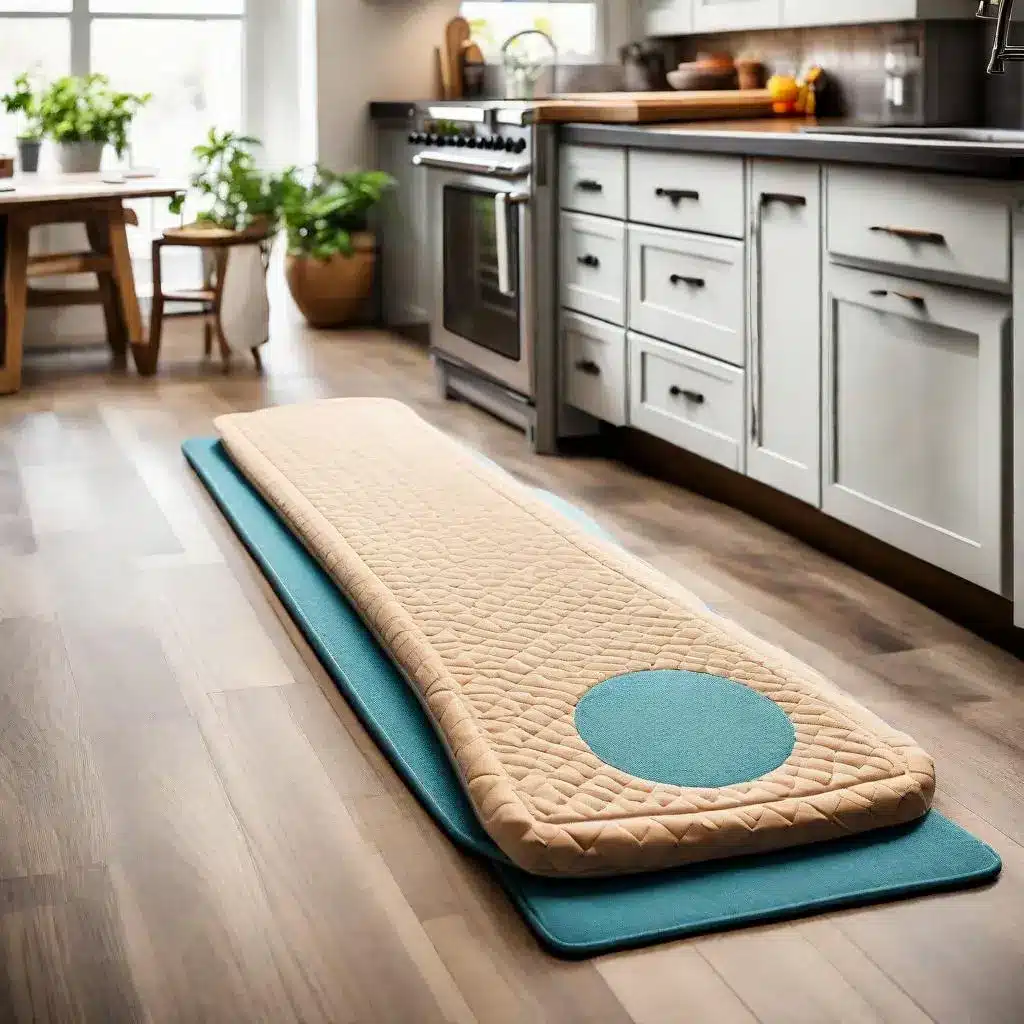
Understanding Memory Foam
To comprehend the allure of memory foam kitchen mat, let’s delve into the science behind the material. Memory foam is a viscoelastic substance that reacts to heat and pressure, allowing it to mold to the shape of an object or body and then slowly return to its original form. This unique characteristic provides an unparalleled level of comfort and support, making memory foam an ideal choice for products intended for prolonged use, such as mattresses, pillows, and, of course, kitchen mats
The Significance Behind the Term 'Memory' in Memory Foam
Memory foam gets its name from its ability to “remember” its original shape after being compressed or deformed. The material is made from viscoelastic polyurethane foam that is sensitive to heat and pressure. When you apply pressure or body heat to memory foam, it softens and molds to the contours of the object or body pressing against it. Once the pressure is removed and the foam cools down, it gradually returns to its original shape.

This property is often described as having a “memory” because the foam maintains a certain imprint or shape for a short period before slowly reverting to its initial form. In the case of memory foam used in products like mattresses, pillows, or kitchen mats, the memory feature contributes to enhanced comfort and support by conforming to the shape of the user’s body or the surface it covers.
The Origins and Evolution of Memory Foam
It was first created by NASA in the 1960s. The development of memory foam was motivated by the need for better seat cushioning and crash protection for airline pilots and passengers in the case of an accident. The project, part of NASA’s Ames Research Center’s efforts to improve aviation safety, sought to develop a material capable of providing both support and impact resistance.
NASA scientists Charles A. Yost and Chiharu Kubokawa oversaw the invention of memory foam, which was designed to absorb and distribute impact force during collisions. The end product was a one-of-a-kind foam with viscoelastic qualities, which allowed it to deform under pressure but then return to its former shape when the pressure was released.
Memory foam’s ability to conform to the shape of the body and properly distribute weight made it an ideal option for a variety of uses beyond its initial aerospace use. In the 1980s, Fagerdala World Foams, a Swedish business, introduced the technology to the commercial market, resulting in the widespread usage of memory foam in mattresses, pillows, and other comfort items.
Memory foam’s popularity has grown over time due to its superior comfort and support, and it has become a standard material in a variety of industries, including bedding, healthcare, and goods such as memory foam kitchen mat.
The Intricate Process of Making Memory Foam Kitchen Mat
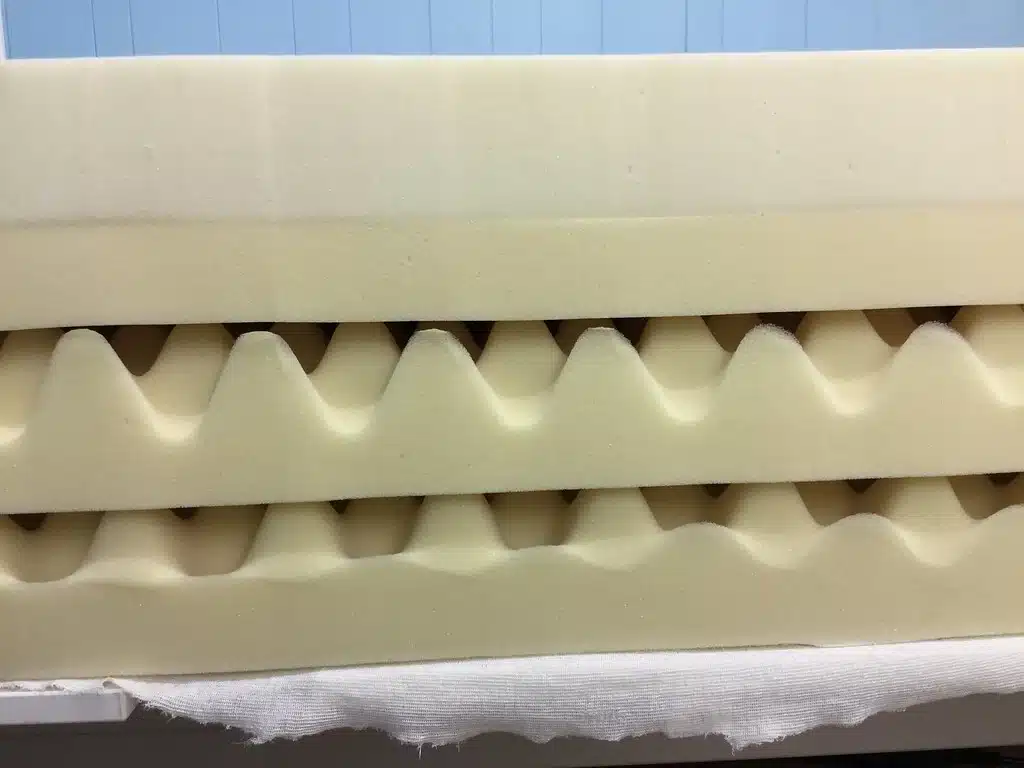
Memory Foam Kitchen Mat is made from a particular kind of foam called memory foam, which is also called viscoelastic foam. There are various crucial steps in the manufacturing process.
Raw Materials
The primary components of memory foam are polyurethane, water, and additional chemicals that contribute to the foam’s viscosity and density.
Chemical Reaction
These raw materials undergo a chemical reaction, resulting in the formation of a polyurethane foam. The inclusion of specific chemicals in the process gives the foam its viscoelastic properties.
Expansion and Molding
Once the foam is generated, it undergoes an expansion process. During this phase, the foam expands and takes on a distinct structure. It is then molded into the desired shape and thickness for use in kitchen mats
Heat Treatment
The memory foam undergoes a heat treatment process, which activates its viscoelastic properties. This step ensures that the foam becomes responsive to heat and pressure.
Cooling and Setting
After heat treatment, the memory foam is allowed to cool and set. During this phase, it retains the shape of the mold and develops its characteristic ability to return to its original form after compression.
Cutting and Finishing
Once the foam has set, it is cut into the desired dimensions for kitchen mats. The mats may undergo additional finishing processes, such as adding a non-slip backing for safety, and they may be covered with fabric or other materials for aesthetic and functional purposes.
The key material in memory foam kitchen mat is polyurethane, a type of polymer, which is responsible for the foam’s resilience and ability to conform to pressure and heat. The specific formulation of chemicals used in the production process, including those that contribute to the foam’s viscoelasticity, determines the overall performance and feel of the memory foam. Additionally, the outer covering of the mat may be made from various materials, such as fabric or synthetic materials, depending on the design and intended use of the kitchen mat.
Comfort Redefined in the Kitchen

The kitchen is often the heart of a home, where delicious meals are prepared, and memories are made. However, the demands of cooking and cleaning can take a toll on the body, especially during extended periods of standing. This is where the memory foam kitchen mat steps in to revolutionize the culinary experience. These mats, strategically placed in high-traffic areas like in front of sinks or cooking stations, provide a plush and supportive surface, significantly reducing fatigue and discomfort.
Ergonomic Design for Health and Wellness
One of the standout features of memory foam kitchen mat is their ergonomic design.These foot mats are designed with the user’s well-being in mind, adapting to the natural curves of the foot to offer tailored support to high-weight areas. Kitchen chores are less physically demanding and more pleasurable thanks to this ergonomic design, which also encourages improved posture and lessens joint strain.
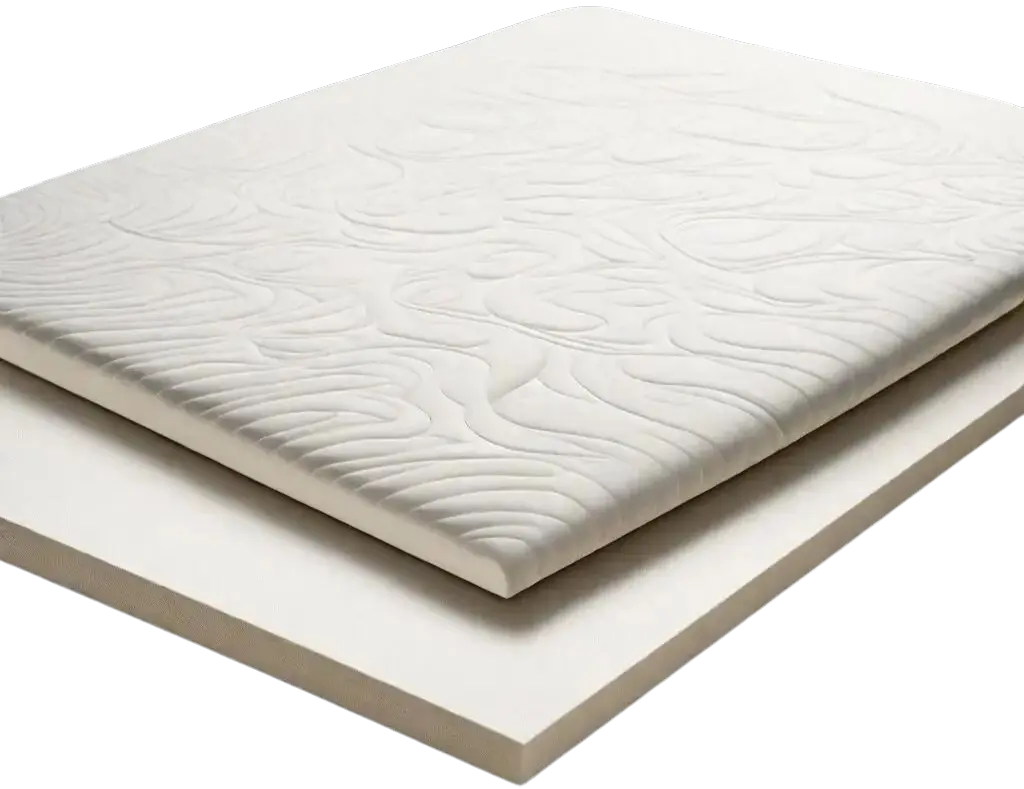
Slip-Resistance for Safety
Safety is paramount in the kitchen, and memory foam kitchen mat is often equipped with slip-resistant backing to prevent accidents. The non-slip feature ensures that the mat stays securely in place, even in the middlet of spills and splashes. This not only enhances safety but also adds a layer of convenience to the daily kitchen routine.
Durability and Easy Maintenance
Purchasing a memory foam kitchen mat is an investment in long-term enjoyment rather than just instant relaxation. These mats are renowned for being strong and resilient enough to survive regular use. They also require little maintenance—typically just a quick wipe down or spot cleaning—to keep their immaculate appearance.
Pros and Cons
Pros
Luxurious Comfort
Indulge in a kitchen oasis with the unparalleled cushioning of memory foam, making every step a delight.
Ergonomic Support
Designed with your well-being in mind, memory foam mats adapt to your foot contours, reducing fatigue and promoting better posture.
Safety Assurance
Enjoy peace of mind in the kitchen with slip-resistant backing, ensuring stability even in the face of spills and splashes.
Long-lasting Durability
Invest in lasting quality as memory foam mats prove resilient, standing up to the daily hustle and bustle of the kitchen.
Effortless Maintenance
Say goodbye to tedious upkeep - these mats are easy to clean, requiring only a quick wipe or spot cleaning to maintain their pristine appearance.
Stylish Variety
Infuse your kitchen with personality - choose from a diverse range of designs, colors, and sizes to seamlessly integrate with your decor.
Cons
Price Point
Elevate your comfort, but at a cost – memory foam mats can be pricier than traditional alternatives, impacting budget considerations.
Not for Constant Moisture
Despite slip-resistance, prolonged exposure to water can affect the foam's integrity, making it less suitable for consistently wet areas.
Potential Tripping Hazard
Be cautious of thickness – some users may find certain memory foam mats too thick, possibly posing a tripping hazard or fitting awkwardly under appliances.
Allergy Caution
Watch out for latex allergies, as some memory foam products may contain latex; always check product specifications for allergen information.
Style Meets Functionality
Memory foam kitchen mat is available in a wide array of designs, colors, and sizes, allowing homeowners to seamlessly integrate it into their kitchen decor. Whether you prefer a classic look, a modern aesthetic, or something whimsical, there’s a memory foam kitchen mat to suit every taste. The fusion of style and functionality makes this mat a versatile and attractive addition to any kitchen space

Choosing the Right Memory Foam Kitchen Mat
With the growing popularity of memory foam kitchen mat, the market offers a variety of options like Amazon. When selecting the right mat for your kitchen, consider factors such as size, thickness, design, and maintenance requirements. Additionally, reading customer reviews can provide valuable insights into the performance and durability of specific mats.
Conclusion
In the ever-evolving landscape of kitchen accessories, the memory foam kitchen mat stands out as a game-changer. Its ability to combine comfort, safety, and durability makes it an indispensable addition to any kitchen. As we continue to prioritize well-being and seek ways to enhance our living spaces, the memory foam kitchen mat emerges as a small yet significant investment in the pursuit of a more comfortable and enjoyable culinary experience. Say goodbye to kitchen fatigue and hello to a new era of comfort in the heart of your home.
FAQs
What is the best material for a kitchen mat?
Memory foam is the ideal choice for kitchen mats, providing unparalleled comfort and support. Its viscoelastic qualities adjust to your footsteps, alleviating strain during lengthy kitchen tasks.
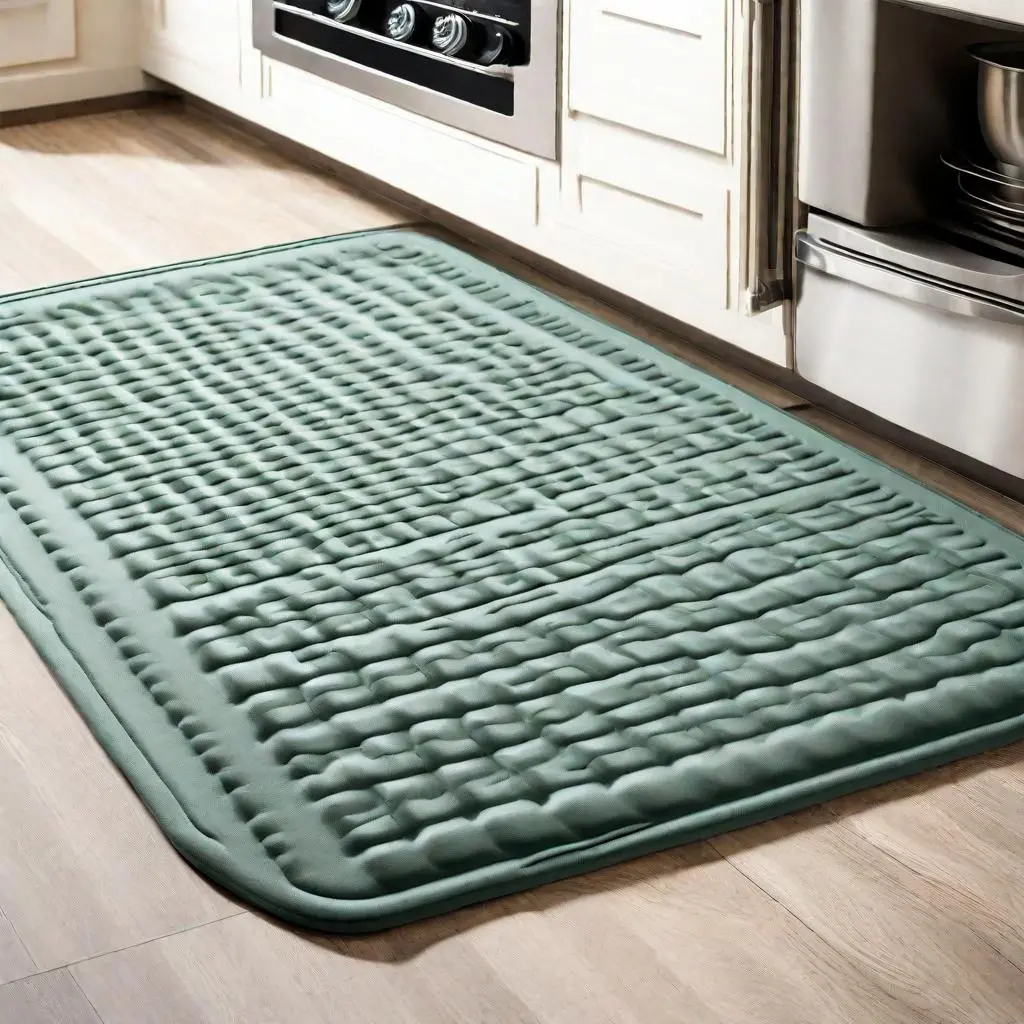
Is memory foam washable?
Memory foam is not machine-washable. Spot clean with a moist towel and a mild detergent. Hand wash in a bathtub with light detergent, rinse thoroughly, and air dry flat. To protect the memory foam’s integrity, avoid machine washing it.
How do you clean a memory foam kitchen mat?
Cleaning a memory foam kitchen mat is simple. Spot clean with a damp cloth and mild detergent for spills. For deeper cleaning, hand wash in a bathtub with a gentle detergent, rinse thoroughly, and air-dry flat. Avoid machine washing or excessive water saturation to maintain the mat’s quality.
What are memory foam mats made of?
Memory foam mats are generally composed of polyurethane, a type of polymer. Memory foam’s viscoelastic qualities are created through a chemical reaction with water and other substances during the manufacturing process.
Can foam mats be painted?
Yes, foam mats can be painted using acrylic or fabric paint. Ensure the mat is clean and dry before applying paint. Use a brush or sponge for even coverage, and allow sufficient drying time between coats. Consider using a primer for better paint adhesion, and seal with a clear protective coat for added durability.
Are anti-fatigue mats in kitchen worth it?
Yes, anti-fatigue mats for the kitchen are worthwhile. They provide padding and support, which reduces discomfort and fatigue from prolonged standing. These mats can help to improve posture, reduce muscle tension, and make cooking more pleasant.
Discover More

